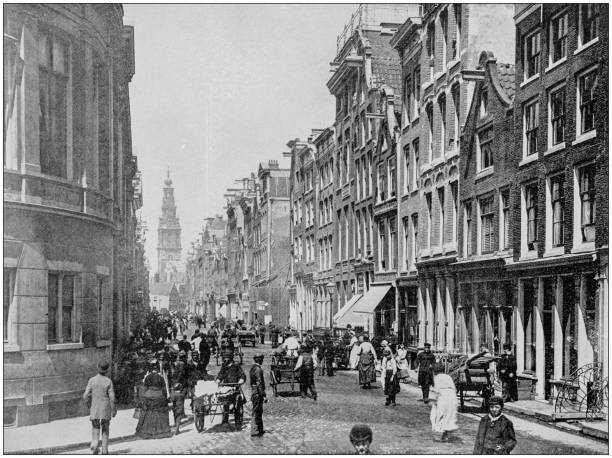A short history of Amsterdam
There is no other city like Amsterdam. Since its founding as a little fishing community in the early 13th century, commerce has been the primary force behind its development. By the 17th century, beer had made Amsterdam the richest city on earth, along with other commodities like wheat, weapons, tobacco, and diamonds. Amsterdam had acquired exclusive commercial rights to import beer from Hamburg in 1323. The Dutch had started their independence fight against Spanish imperial power at this point. William of Orange, one of their most honorable citizens, spearheaded an 80-year conflict. As a protestant nation, they gained their freedom formally in 1648 and at that time was the sole republic in Western Europe.

The 17th century, which was centered on thriving Amsterdam, is referred to as the Dutch Golden Age. At the same time that Dutch ships traveled the globe bringing back unique and highly prized goods like spices and silk, painters like Rembrandt spearheaded a cultural revolution in the city.
Immigrants have long been drawn to Amsterdam, many escaping persecutions in their native countries. Throughout the 16th and 17th centuries, Beguine nuns, Huguenots, and Protestants from all across Europe migrated to Amsterdam. At the end of the 16th century, Sephardic Jews who had fled the Spanish inquisition brought a lot of their relationships and expertise of trade to the city. Tolerance and collaborative commerce have long been the cornerstones of Amsterdam's prosperity.
In 1672, when nearly all of the Netherlands' neighbors attacked, the Golden Age came to an end. Together, France, England, and two German states worked to punish the little republic, which had become wealthy than all of them put together.
Napoleon conducted a second invasion of France in 1795. They lived here for 20 years, greatly influencing the culture and language of the Netherlands. After the French left in 1813, the Dutch decided they'd had enough of acting like a "republic" and chose to crown the Oranges, one of their own most aristocratic families. The Dutch constitutional monarchy was therefore established and is still in place today.

Unexpectedly, the Nazis invaded the Netherlands in 1940. The Dutch had planned to emulate their success in WWI by remaining neutral in WWII. Hitler invaded the nation for five years because he had other plans. This had a huge effect on the Jewish community in the Netherlands; the Netherlands lost more Jews per capita than any other Nazi-occupied country. 10% of Amsterdam's population was lost.
In the 60 years following the war, Amsterdam saw significant development. After the Nazism of World War II, it transitioned from being a trading metropolis to a service-based city and significantly more liberally oriented. The police force was cleaned up, and liberalization efforts from the 1960s through the 1980s had a significant influence. Amsterdam gained notoriety for tolerating the use of legal marijuana. This still holds true today, but the Dutch have managed to transform it into a successful sector by combining it with their typical business sense and expertise.
Amsterdam is unlike any other city, as evidenced by its history. Visit us to see it for yourself!
